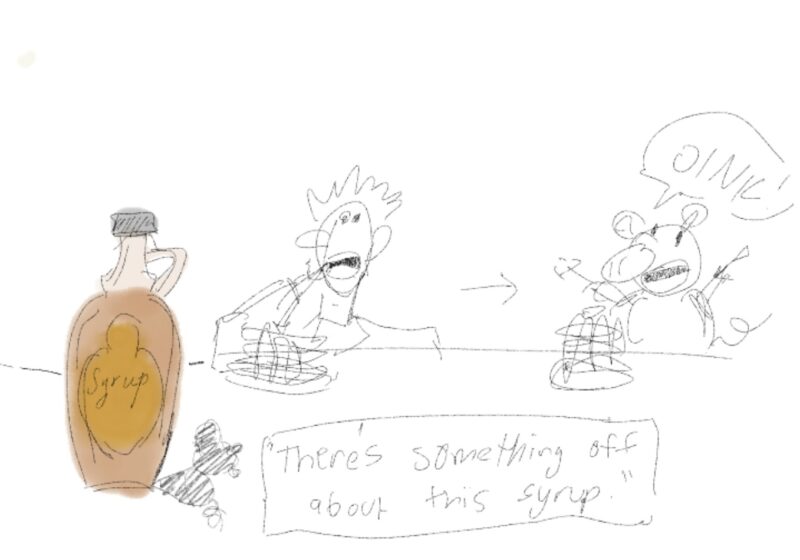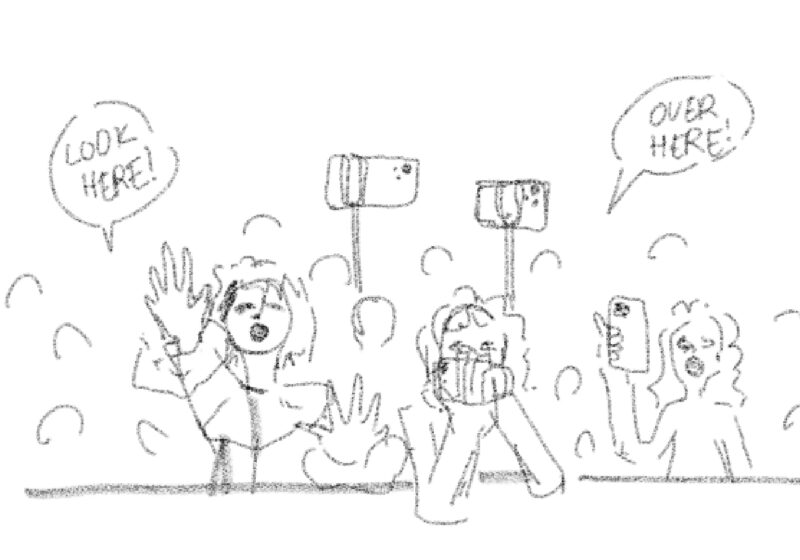Researchers in the Department of Chemical Engineering at UR recently developed a new type of synthetic, shape-shifting material that exhibits many improvements over the existing technology. Associate Professor of Chemical Engineering Mitchell Anthamatten worked with Chemical Engineering graduate student Yuan Meng and senior Jisu Jiang to design and synthesize the new polymer, a material consisting of long, intertwined chains of molecules.
When asked about possible applications of the new polymer, Anthamatten said in an email, “Shape-memory polymers have been considered for many roles in biomedical science […] Artificial muscles must actuate in a two-way mode, and many technologies demand that materials are electrically wired for power or triggering. Our technology is based only on a thermal stimulus and would require no wiring.”
Anthamatten added that the material could also have applications in robotics, where the polymers could serve as a soft interface between the robot and its surroundings.
“We’ve been studying shape-memory polymers for years now,” Anthamatten said. “More recently, we’ve been working with crystallizable shape memory polymers, whereby crystallization upon cooling is used to stabilize a temporary deformed shape.”
Generally speaking, shape-shifting materials are networks of polymers connected by linking chains of molecules. The shape-shifting properties can be induced by a change in temperature or by the application of stresses to the material, depending on how the polymer was designed. Most shape-memory polymers need to be “programmed” in order to work. During programming, the material is contorted into a temporary shape and then cooled to a low temperature in order to maintain that shape. When the polymer is heated, it reverts to its original shape. In the past, this has limited the application of shape-shifting materials.
Anthamatten’s polymer, on the other hand, is a “two-way shape memory polymer.” Due to its unique construction, the polymer can switch between two different shapes solely by heating or cooling, without needing manually contortion or programming.
The unique behavior of Anthamatten’s polymer is due to the way it was made: during the synthesis of the material, the researchers added crosslinks to the material to form what Anthamatten described as a “soft, rubber-like network.” They then stretched this network and added more cross-linking chains. This technique creates internal stresses in the polymer, which can then be manipulated with temperature changes to make the polymer change shape.
Anthamatten described the shape-shifting mechanism, saying it involves the formation of crystalline patterns within the material. “The forces involved in forming crystalline domains are large enough to significantly stretch the material by over 15 percent,” Anthamatten said. He explained that when the material is cooled below about 50˚C, it forms crystalline structures known as lamellae. “By biasing the chain configuration, we have established the direction that the lamellae will stack into.”
In the laboratory, the researchers worked with square films of the polymer, about three inches on a side and between 100 and 300 micrometers thick. Anthamatten noted that the crystallization occurs on a very small scale, with the polymer chains packing together in nanometer-scale structures. “I would guess the behavior could be shown for length scales as small as a micron, but we’ve never tried anything that small,” Anthamatten said.
Anthamatten, Meng and Jiang published their research in the journal ACS Macro Letters, and plan to attend the March meeting of the American Physical Society. There, Anthamatten said, they will “share the results to the polymer physics community. Furthermore, we have submitted a grant application to the National Science Foundation to further study this phenomenon.”
Passanisi is a member of
the class of 2017.





